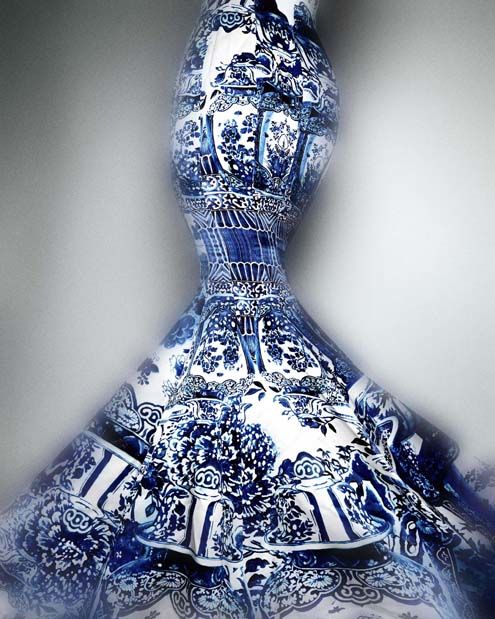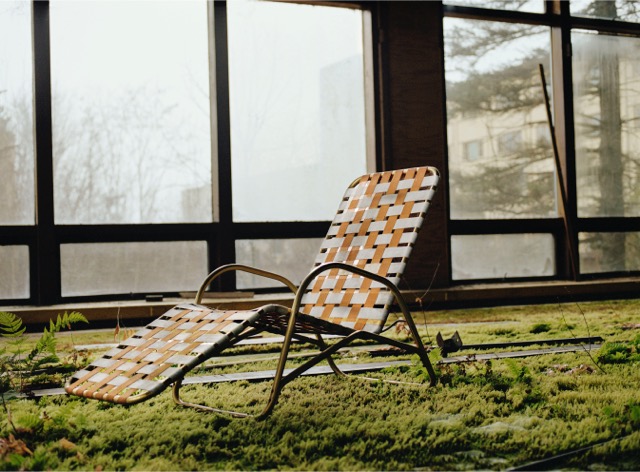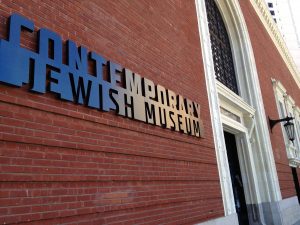No matter how many years you’ve been in school, the start of the fall term is always fraught with tension. Leaving behind the casual pace of summer and its many pleasures for the rigor of the classroom and its multiple challenges is no easy matter.

To smooth the transition from one environment to the next, GW’s Program in Experiential Education & Jewish Cultural Arts instituted a whirlwind, multiple-day orientation for its incoming as well as its returning graduate students. Mosaic is its name.
This designation was intended to invoke tesserae, bits of colored glass that, when added together, form a whole -- a mosaic -- or, at the very least, a pattern. At the risk of literalizing things too much, the big idea here was to liken the various components of the Jewish cultural arts to a mosaic, one that the students would help to fashion.
But as is often the case, especially one paved with good intentions, names tend to accrue a different set of meanings than originally intended. When it came to Mosaic, as its participants discovered last week, the literal definition of the word -- ‘pertaining to Moses and his laws’ -- came to the fore and with full force.
Wherever we went and whatever we did, from meeting with leading Jewish cultural professionals to learning firsthand of the politics of Israeli cuisine and going behind the scenes at DGS Delicatessen, issues of authenticity invariably popped up. As we took the measure of contemporary Jewish life -- its context, its food as well as its culture -- where mixing things up is de rigueur, you had to wonder where tradition ends and improvisation takes off. Or, to put it another way: “What would Moses say?”
I’m not sure we’ll come up with the right answers, but we’ll be spending much of the next year in their pursuit.











